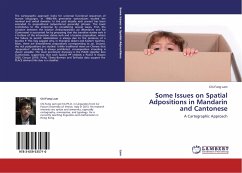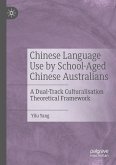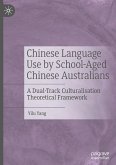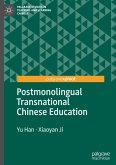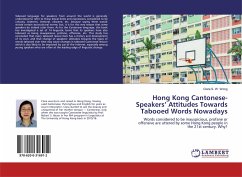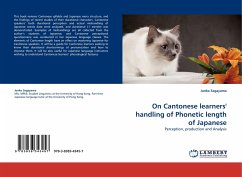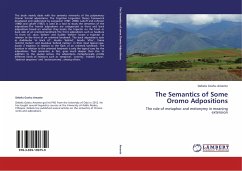The cartographic approach looks for universal functional sequences of human languages. In 1980s-90s generative syntacticians studied the nominal and verbal domains. In the past decade such pursuit has been extended to prepositional (adpositional generally) phrases. This book contributes to this enterprise by considering several issues. First, the variation between the locative verb/preposition zai (Mandarin) and hai (Cantonese) is accounted for by proposing that the transitive stative verb is a fushion of the intransitive stative verb and a locative preposition, where the failure to permit relativization is always due to the presence of a locative P. This may suggest why, in Shanghai dialect and Eastern Guizhou Miao, there are bimorphemic prepositions corresponding to zai. Second, the rich postpositions are studied. Unlike traditional views on Chinese that 'preposition' stranding is always prohibited, circumposition stranding is shown possible. The most prominent discovery is thePLACE classifier dou (Cantonese), supporting that each Spatial PP embeds a PLACE N (Kayne 2005; Cinque 2010). Third, Tibeto-Burman and Tai-Kadai data support the PLACE element like dou is a classifier.
Bitte wählen Sie Ihr Anliegen aus.
Rechnungen
Retourenschein anfordern
Bestellstatus
Storno

